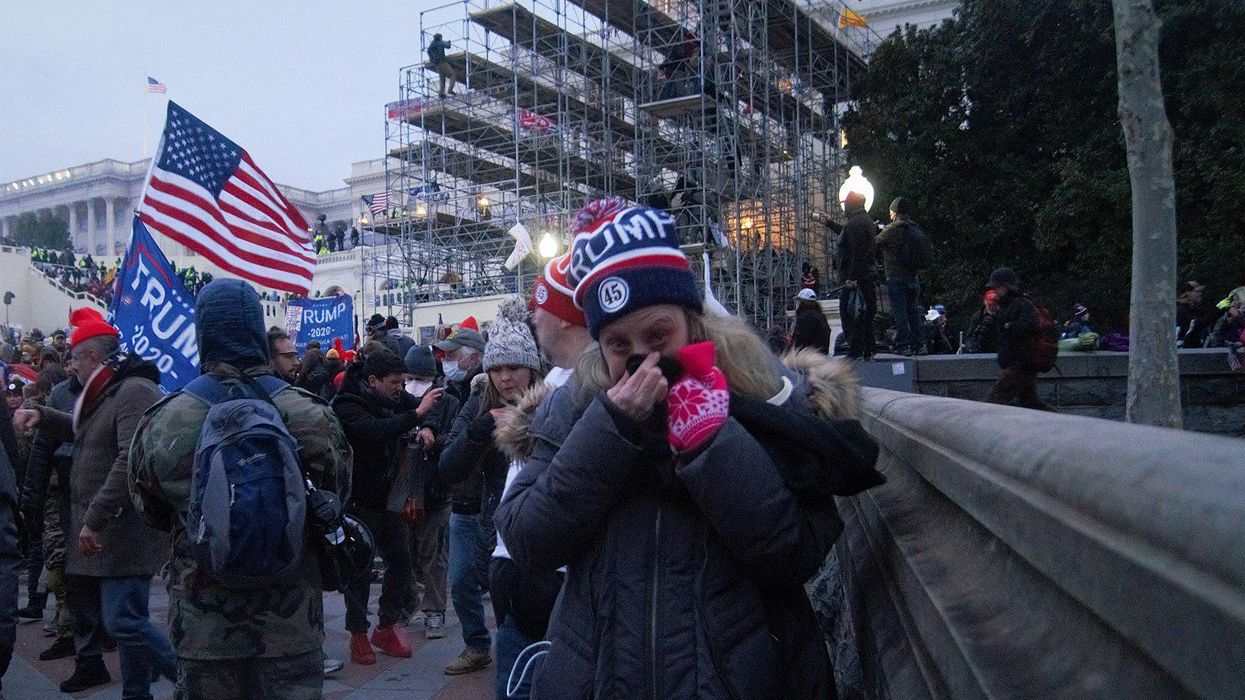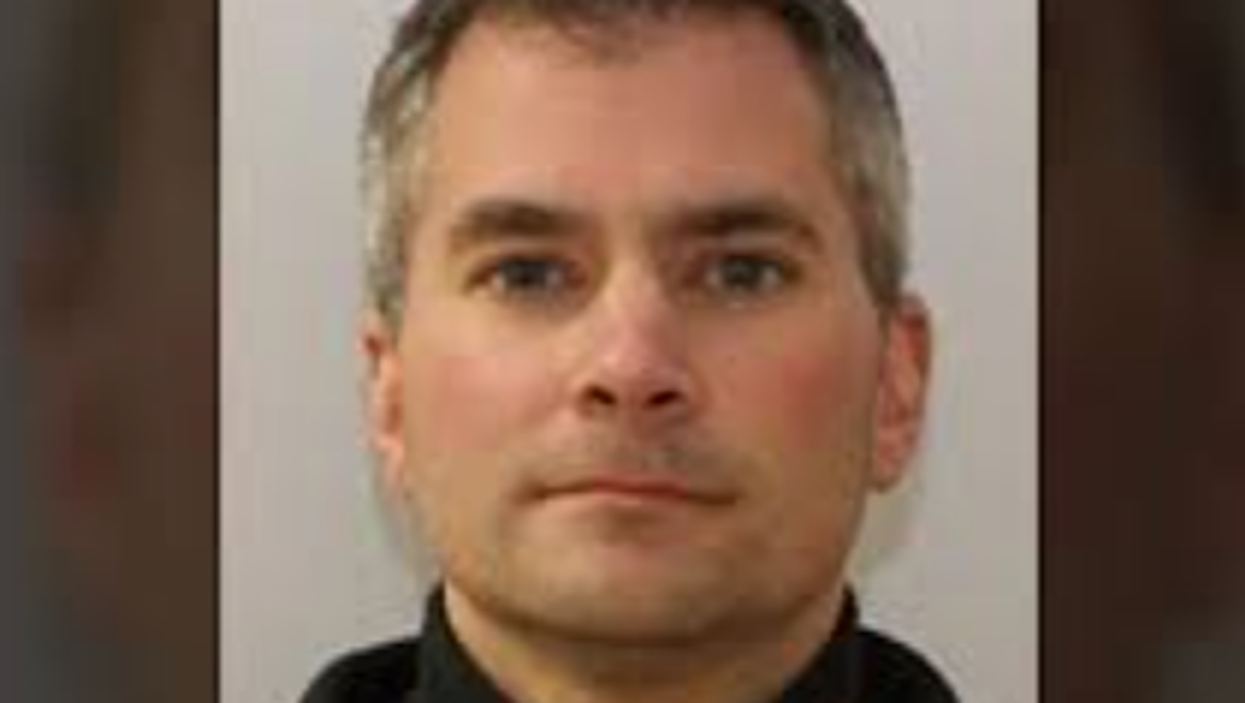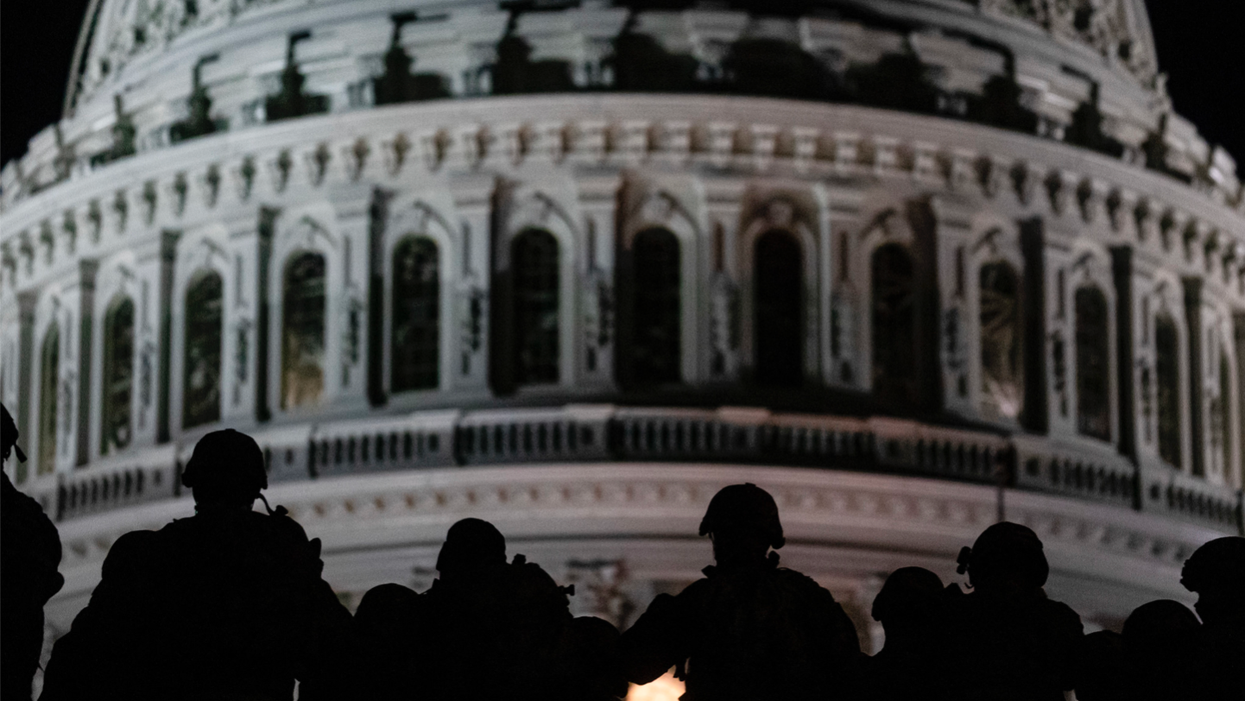Reprinted with permission from ProPublica
After two weeks of congressional hearings, it remains unclear how a rampaging mob of rioters managed to breach one of the most sacred bastions of American democracy on January 6.
During more than 15 hours of testimony, lawmakers listened to a cacophony of competing explanations as officials stumbled over themselves to explain how America's national security, defense, intelligence and law enforcement agencies allowed a homegrown enemy to put an entire branch of government in danger during the attack on the U.S. Capitol.
The continuing questions surrounding the attack have prompted calls for a more sustained inquiry than has so far taken place. House Democrats have proposed setting up an outside commission to investigate, similar to what followed the 2001 attack on the World Trade Center, but so far Republicans have held up the proposal. Among the key questions yet to be answered:
1. Why did national security officials respond differently to Black Lives Matter protesters than to Trump supporters?
Last week, deputy assistant defense secretary Robert G. Salesses was sent to explain to Congress the Defense Department's decision-making on January 6.
Salesses said the National Guard had been criticized for being too aggressive during the Black Lives Matter protests last year, and that played into the more restrained response to the insurrection.
But his personal involvement in the insurrection response was limited. Much to the frustration of the senators questioning him, he wasn't able to provide details on why the guard took so long to arrive on Capitol grounds that day. This leaves some of the most alarming blunders of the day unexplained.
Last June in Washington, demonstrations calling for police reform following the death of George Floyd became a priority for top Defense Department officials. District of Columbia National Guard commander Maj. Gen. William Walker told Congress on March 3 that the head of the Army, Ryan McCarthy, spent almost a week by his side at the D.C. Armory to facilitate the guard's response to those protests.
Nothing similar happened for the planned protests on January 6.
Capitol Police Chief Steven Sund had to plead for guard support during a series of phone calls during the insurrection. Walker said McCarthy was "not available" for one crucial conference call at about 2:30 p.m. Rioters were minutes from the House chamber at that point, but the defense officials on the call were still skeptical. Walker said they were worried about how it might look to send troops to the Capitol and whether it might further "inflame" the crowd.
"I was frustrated," Walker said. "I was just as stunned as everybody else on the call."
It took more than three hours for the Pentagon to approve the request. During the Black Lives Matter protests, Walker said such approval was given immediately.
Salesses told Congress that McCarthy wanted to know more about how exactly the guard would be used at the Capitol.
An Army spokesperson did not answer specific questions about McCarthy's decision-making during the Black Lives Matter protests or on January. 6, but said the guard's posture on January 6 was based on a request from the mayor of Washington.
"The Department of Defense Inspector General is now reviewing the details of the preparation for and response to the January 6 protest and attack on the U.S. Capitol," she said. "We intend to allow that process to proceed independently."
2. Did lawmakers, particularly House Speaker Nancy Pelosi and then-Senate Majority Leader Mitch McConnell, play a role in security decisions?
Both the House and the Senate have a position known as a sergeant-at-arms, an official responsible for protecting the lawmakers. These officials oversee the Capitol Police chief, and while staff in lawmakers' offices frequently maintain contact with the sergeants-at-arms about security plans and briefings, there are still questions about the details of consultations held before or during the January 6 attack. Paul Irving, the House sergeant-at-arms, and Michael Stenger, his equivalent in the Senate, resigned along with Sund following the riot.
The pair reported to House Speaker Nancy Pelosi and Senate Majority Leader Mitch McConnell, respectively. Pelosi's deputy chief of staff, Drew Hammill, told ProPublica that prior to January 6, the speaker's staff asked Irving questions about security and were assured on January 5 that the Capitol complex had "comprehensive security and there was no intelligence that groups would become violent." McConnell's spokesperson did not immediately respond to questions about whether the senator was involved in any security preparations before January 6. Staffers for both lawmakers told ProPublica they did not learn of the request for the guard until the day of the attack.
Sund has said that he began asking his superiors for guard assistance on January 4.
Irving and Stenger dispute that. In their congressional testimony, they said Sund merely relayed an offer from the National Guard to dispatch a unit of unarmed troops to help with traffic control. They said the three of them together decided against it.
Irving and Stenger also said they did not discuss the guard with Pelosi or McConnell's staff until January 6, when the riot was well under way. But the details of those conversations remain vague.
Sund said he called Irving and Stenger to ask them to declare an emergency and call in the guard at 1:09 p.m. that day. In his written testimony, he said that Irving told him he would need to "run it up the chain of command" first.
Irving disputed that too. He said he granted the request as soon as Sund made it and Irving simply told congressional "leadership" they "might" be calling in the guard.
Sund also said in his written testimony that as they were waiting for the guard, Stenger offered to ask McConnell to "call the Secretary of the Army to expedite the request."
Asked about his conversations with Congress, Stenger said only that he "mentioned it to Leader McConnell's staff" on January 6. No one asked him to elaborate.
In an emailed response to questions, Hammill said that at approximately 1:40 p.m. on January 6, Irving approached Pelosi's staff near the House chamber, asking for permission to call in the guard. Pelosi approved the request and was told they needed McConnell's approval, too. Pelosi's chief of staff then went to Stenger's office, where McConnell's staff was already meeting with the sergeants-at-arms.
Hammill said there was shared frustration at the meeting. "It was made clear to make the request immediately," he said. "Security professionals are expected to make security decisions."
A spokesman for McConnell did not answer questions about whether he was in fact asked to call the Army secretary, as Sund's written testimony suggested. He referred ProPublica to an article in The New York Times. The story describes McConnell's staff learning of the guard request for the first time at the meeting with Stenger and staffers being confused and frustrated that it was not made sooner.
3. Was law enforcement unprepared for the attack because of an intelligence failure?
Last week, FBI leaders told Congress that the bureau provided intelligence on the threat to both the Capitol Police and local D.C. police. They also referenced more general warnings they've issued for years about the rise of right-wing extremism.
Jill Sanborn, assistant director of the bureau's counterterrorism division, told Congress that leading up to the riot, the FBI had made January 6 a priority for all 56 of its field offices.
But acting Capitol Police Chief Yogananda Pittman told Congress on February 25 that the agency had received no actionable intelligence.
"No credible threat indicated that tens of thousands would attack the U.S. Capitol," Pittman said, echoing a common position among law enforcement on the lack of persuasive intelligence going into January 6. As a result, she said, her department was ready for isolated violence, not a coordinated attack.
A Jan. 5 intelligence bulletin from an FBI field office in Norfolk, Virginia, has generated significant attention. First reported by The Washington Post, it described individuals sharing a map of tunnels beneath the Capitol complex and locations of potential rally points, and quoted an online thread calling for war: "Congress needs to hear glass breaking, doors being kicked in .... Get violent." But the FBI itself has emphasized that the intelligence had not been fully vetted.
Pittman, who helped oversee the Capitol Police intelligence division at the time but was not yet the acting chief, also downplayed the memo. She said that while her department received the bulletin the evening before the riot, it never reached anyone in leadership. Reviewing the document later, though, she said the information was consistent with what the department already knew and that the memo specifically requested that agencies receiving it not "take action" based on its contents. "We do not believe that based on the information in that document, we would have changed our posture," Pittman said.
4. Or was it a security failure?
Congress has not focused as much on the culpability of Capitol Police leadership.
Last month, ProPublica published an investigation drawing on interviews with 19 current and former members of the Capitol Police. The officers described how internal failures put hundreds of Capitol cops at risk and allowed rioters to get dangerously close to members of Congress.
"We went to work like it was a normal fucking day," said one officer. Another said his main instruction was to be on the lookout for counterprotesters.
On February 25, Pittman acknowledged that the department's communication system became overwhelmed during the riot. But fending off a mob of thousands would have required "physical infrastructure or a regiment of soldiers," she said, and no law enforcement agency could have handled the crowd on its own.
She said that on January 6, the department had roughly 1,200 officers on duty out of a total of over 1,800. On a normal Wednesday, she said, there are more than 1,000 officers on duty.
5. Was the National Guard ready?
Last week, Walker, the National Guard commander, offered startling testimony on what he called "unusual" restrictions limiting what he could do on January 6.
He said that on January 4 and 5, he was told he would need approval from top defense officials to issue body armor to his troops, use a "quick reaction force" of 40 guardsmen, or move troops stationed at traffic posts around the city.
In his testimony, Walker said he had never experienced anything like it in his nearly four decades in the guard.
At one point, the Metropolitan Police, D.C.'s police force, asked Walker to move three unarmed guardsmen one block to help with traffic control. To do it, he had to get permission from McCarthy, the man running the entire U.S. Army.
More frustrating, Walker said, was that he could have sent roughly 150 National Guard members to the Capitol within 20 minutes if he had received immediate approval. That "could have made a difference," he said. "Seconds mattered. Minutes mattered."
So far, the only Pentagon official who has testified publicly is Salesses, who had little direct involvement in the January 6 response.
"I was not on the calls, any of the calls," Salesses said.
Instead, Salesses stated that acting Secretary of Defense Christopher Miller was at the top of the chain of command and "wanted to make the decisions."
"Clearly he wanted to," Sen. Rob Portman said. "The question is why."
6. How did officer Brian Sicknick die?
Capitol Police officer Brian Sicknick died the day after the insurrection. That evening, the Capitol Police released a statement saying he had died from injuries sustained in the riot. Law enforcement officials initially said Sicknick had been hit in the head with a fire extinguisher. Several Capitol Police officers told ProPublica the same. ProPublica also spoke with members of Sicknick's family shortly after he died. They said Sicknick texted them after fending off the mob to tell them he had been hit with pepper spray. The family told ProPublica that Sicknick later suffered a blood clot and a stroke. "This political climate got my brother killed," his eldest brother said.
But the exact cause of Sicknick's death remains unclear. On February 2, CNN published a report citing an anonymous law enforcement official who told the news outlet that medical examiners did not find signs of blunt force trauma, reportedly leading investigators to believe he was not fatally struck by a fire extinguisher. On February 26, The New York Times reported that the FBI has "homed in on the potential role of an irritant as a primary factor in his death" and has identified a suspected assailant who attacked several officers, including Sicknick, with bear spray. The D.C. medical examiner has yet to conclude its investigation into the exact cause of Sicknick's death.
On March 2, Sen. Chuck Grassley (R-IA), asked FBI Director Christopher Wray if a cause of death had been determined and if there was a homicide investigation.
Wray said there is an active investigation into Sicknick's death, but the bureau was "not at a point where we can disclose or confirm the cause of death." He did not specify whether it was a homicide investigation.
Pittman was also questioned about Sicknick.
"I just want to be absolutely clear for the record," said Rep. Jennifer Wexton, a Virginia Democrat. "Do you acknowledge that the death of officer Brian Sicknick was a line-of-duty death?"
"Yes ma'am, I do," Pittman responded.
Kirsten Berg contributed reporting.












